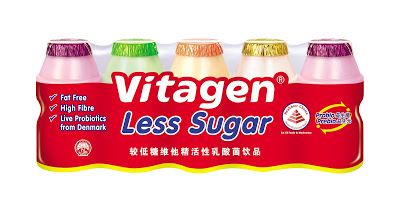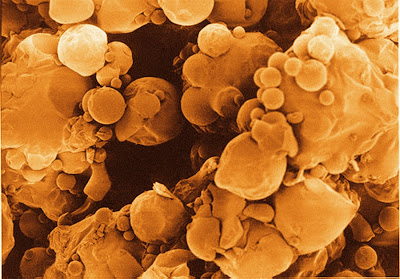The WHO defines Probiotics as “Live microorganisms which when administered in adequate amounts confer a health benefit on the host”. Unless you have been living on a mountain and hiding under a shell (ie Sua Gu – Mountain Tortoise), you would not doubt have heard about Probiotics by now. Essentially, Probiotics are strains of “Good” bacteria which, when ingested, sort of make their home in your digestive system and prevent the “Bad” bacteria from taking up residence there.
The goodness of probiotics have been known for a long time. Since ancient history, people knew that eating Yoghurt was good for your digestive health. But it wasn’t until the 20th century that a Russian Scientist by the name of élie Metchnikoff proposed that it might be possible to alter gut flora by replacing the bad bacteria with good bacteria. That was when the addition of Probiotics in our food started to take off. Nowadays you can find infant formulas with Probiotics as well as cultured milk drinks with special strains of Lactobacillus in the supermarkets. The other time when you are likely to encounter Probiotics is when you visit your doctor with diarrhoea. You might be given sachets of Probiotics which you ingest to help put back the good bacteria and drive out the diarrhoea causing ones!
So you know about Probiotics, but perhaps not so much about Prebiotics right? Prebiotics are a much newer development and were only identified and named by Marcel Roberfroid in 1995. Essentially, they are non-absorbable carbohydrates that stay in the gut and act as a food source for the good bacteria. So when you take a Prebiotic with a Probiotic, what you are essentially doing is to create an optimal environment for the Probiotic to work.
According to the Mayo Clinic Website, there is encouraging evidence that Probiotics are useful for treating things like irritable bowel syndrome, eczema in children, diarrhoea and vaginal yeast infections, although they stress that more research is needed. So what that means is that Probiotics may not yet be a sure cure for all these ailments, but there sure is no harm trying!
Aside from the addition of Prebiotics, VITAGEN has also decreased the amount of sugar in by as much as 50% compared to other regular cultured milk drinks. This is a welcome development as I have always felt that we feed our kids too much sugar. A lot of “healthy” foods that parents give to kids are loaded with sugar which I believe is contributing to the increasing obesity amongst our kids. Many of the cereals, food/drinks contain too much sugar and shouldn’t be considered “healthy” foods for our kids. So as parents, we should be on the look out for “less sugar” alternatives when we are doing our grocery shopping.
So the next time you are at the supermarket picking up some cultured milk drink for the kids, do bear in mind that not all cultured milk drinks are the same. VITAGEN has the extra addition of Prebiotics as well as the benefit of having less sugar. So so make an informed decision when choosing what to buy.










Thank you for another well written article. I think i’ll blend Vitagen with plain yogurt and some fresh berries for the kiddos.